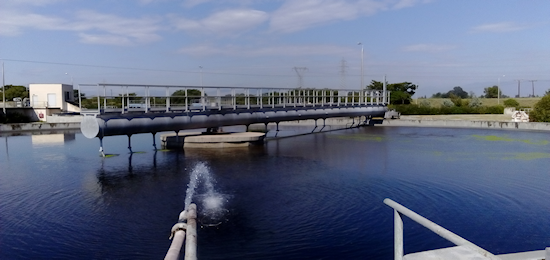Τhe detection of the SARS CoV-2 virus in untreated wastewater and the potential for the development of a mechanism for detecting and quantifying COVID-19 cases in specific areas, is of particular interest.
At least 4 independent studies in Australia (https://www.sciencedirect.com/science/article/pii/S0048969720322816), the Netherlands (https://www.medrxiv.org/content/10.1101/2020.03.29.20045880v1) France (https://www.medrxiv.org/content/10.1101/2020.04.12.20062679v1) and the USA (https://www.statnews.com/2020/04/07/new-research-wastewater-community- spread-covid-19 ), detected RNA traces of the SARS CoV-2 virus by the reverse transcription PCR method (RT-qPCR) in untreated urban wastewater and performed correlations to real case numbers.
In the case of Australia and the Netherlands, the virus was detected in the wastewater before there were even laboratory-confirmed cases in the areas to which the wastewater corresponded. This observation seems to agree with several other reports that the virus is detected in the feces of the infected person 2-3 days before its detection through the "conventional" sampling.
The first option that such a treatment offers is to quickly assess the situation in large population groups, with a minimum number of samples examined and to monitor evolutionary trends, almost in real time.
In a more advanced version and if there is a reliable methodology for correlating the concentration of the virus to individuals patients, which was attempted by some of the above studies with encouraging results, it may be possible to calculate real cases in an area, which is practically impossible to be achieved through the process of individual tests.
Among the issues that need to be addressed and standardized in order to develop a valid monitoring system are:
the homogenization of the samples under consideration based on the stages of the wastewater treatment plant (eg the existence of a balancing tank)
the virus detection threshold
correlating the detected virus concentrations to patient numbers
the ability to distinguish between virus residues from patients who have recovered but still carry a low or zero contagious load and those that correspond to infectious individuals
Despite the obvious difficulties and uncertainties, the great advantage of such a method of detection and monitoring (with just a few samples per day it may be possible to assess the situation in large population groups, in cities, hotels, etc.), makes it extremely interesting and worthwhile to be further explored.





